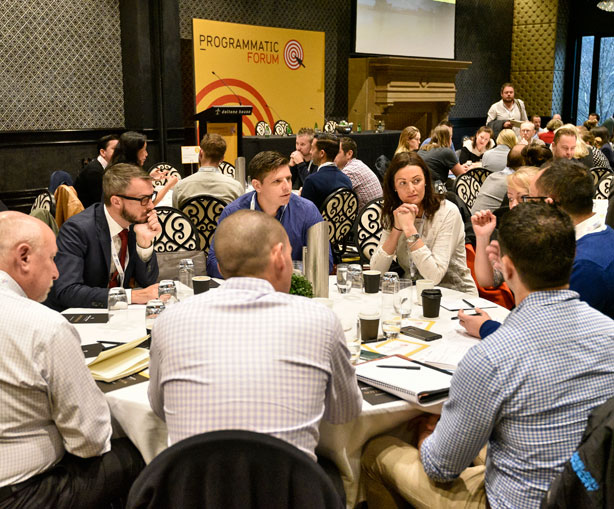Roundtable selection
During the event you will participate in three of the roundtable topics below. Please indicate your topics of interest in order of preference. In the event that there are no spaces on a preferred table we will allocate an alternative choice, therefore please select your top five. We will email you your confirmed agenda one week prior to the event.
Description of each of the roundtables can be reviewed below.

